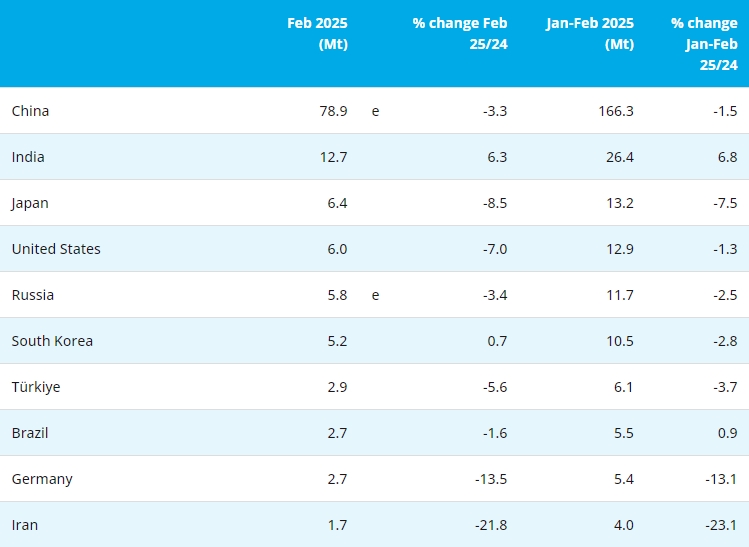Specialty alloys firm Alcoa will invest $60-million to expand a research and development (R&D) centre near Pittsburgh, Pennsylvania, that would accelerate advanced three-dimensional (3D) printing materals and processes.
NYSE-listed Alcoa has been transforming its business focus in recent years, increasingly depending on the higher-margin downstream market, rather than the high-cost aluminium smelting business.
The company said on Thursday that it would produce materials designed specifically for a range of additive technologies to meet increasing demand for complex, high-performance 3D-printed parts for aerospace and other high-growth markets such as automotive, medical and building and construction.
“Alcoa is investing in the next generation of 3D pringting for aerospace and beyond. Combining our expertise in metal alloys, manufacturing, design and product qualification, we will push beyond the limits of today’s additive manufacturing. This investment strengthens our leadership position in meeting fast-growing demand for aerospace components made using additive technologies,” Alcoa chairperson and CEO Klaus Kleinfeld stated.
Demonstrating this integrated strategy, Alcoa on Thursday unveiled its Ampliforge process, a technique combining advanced materials, designs and additive and traditional manufacturing processes.
Additive manufacturing refered to the production of 3D products by depositing one layer of material – such as metals and plastics – on top of another layer, based on a digital model. Advanced printers produced metal parts by layering and heating metal alloy powder, which were then treated in a forge to make them stronger.
The process could help increase productivity, help customers bring products to market faster and enable the creation of complex designs not possible using traditional materials and processes, Alcoa noted.
Construction of the new facility was expected to be complete in the first quarter of 2016. The project would create more than 100 full-time positions, including materials specialties, design experts and process and inspection technologists, by 2017, and about 45 temporary jobs during construction.
Alcoa’s material scientists would produce proprietary aluminium, titanium and nickel powders designed specifically for 3D printing. These powders would be tailored for various additive manufacturing processes to produce higher-strenth 3D-printed parts and meet other quality and performance requirements.
The company had a long history in metal alloy and powder development, having invented more than 90% of the aluminium alloys used in aerospace today and with a 100-year history in aluminium metal powder development for rocket fuel, paint and other products.
NEW MANUFACTURING ABILITY
Direct production of 3D-printed metal parts represented a new way to manufacture aerospace components and required a new suite of innovative design tools to realize its full potential.
By connecting its materials scientists with its manufacturing experts, Alcoa hoped to enable a rapid development feedback loop to inform new software tools and processes that took full advantage of additive capabilities.
With the industry’s longest-running history of certifying aerospace components and qualifying processes, Alcoa would leverage its testing and process control expertise to overcome challenges with certifying new 3D-printed parts, starting with aerospace applications.
Alcoa had been creating 3D-printed tools, moulds and prototypes for the past 20 years and owned and operated one of the world’s largest hot isostatic pressing complexes, a technology that strengthened the metallic structures of traditional and additive manufactured parts made of titanium- and nickel-based super-alloys.
Through the recent RTI acquisition, Alcoa gained 3D printing capabilities in titanium, other specialty metals and plastics for the aerospace, oil and gas and medical markets. This expansion positioned Alcoa to industrialise its advanced 3D printing capabilities across these and other manufacturing facilities.
- [Editor:Juan]



 Save
Save Print
Print Daily News
Daily News Research
Research Magazine
Magazine Company Database
Company Database Customized Database
Customized Database Conferences
Conferences Advertisement
Advertisement Trade
Trade












 Online inquiry
Online inquiry Contact
Contact

Tell Us What You Think